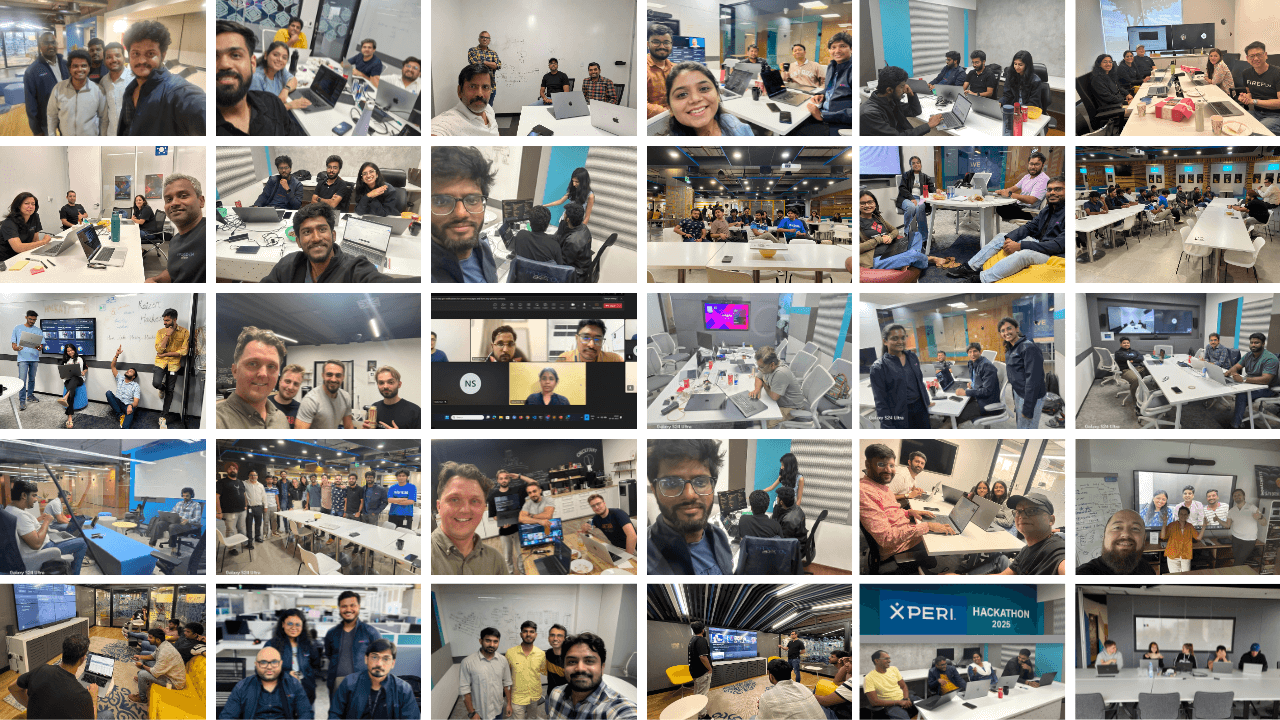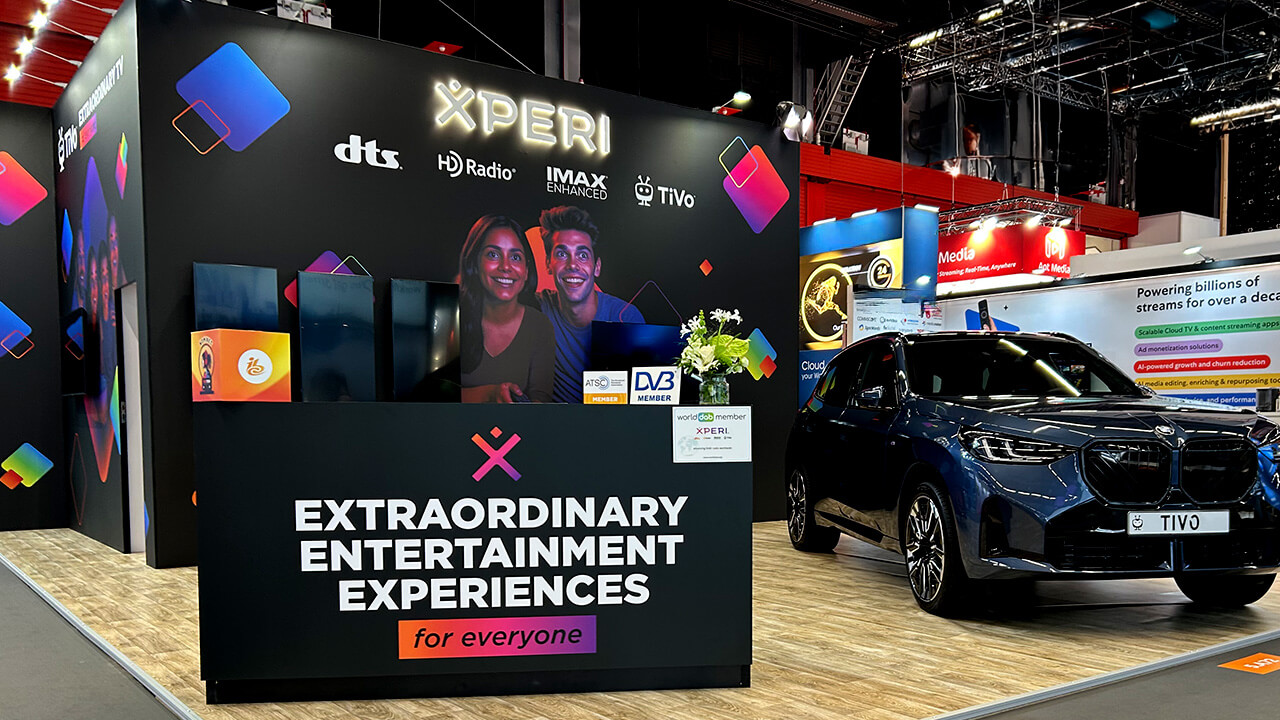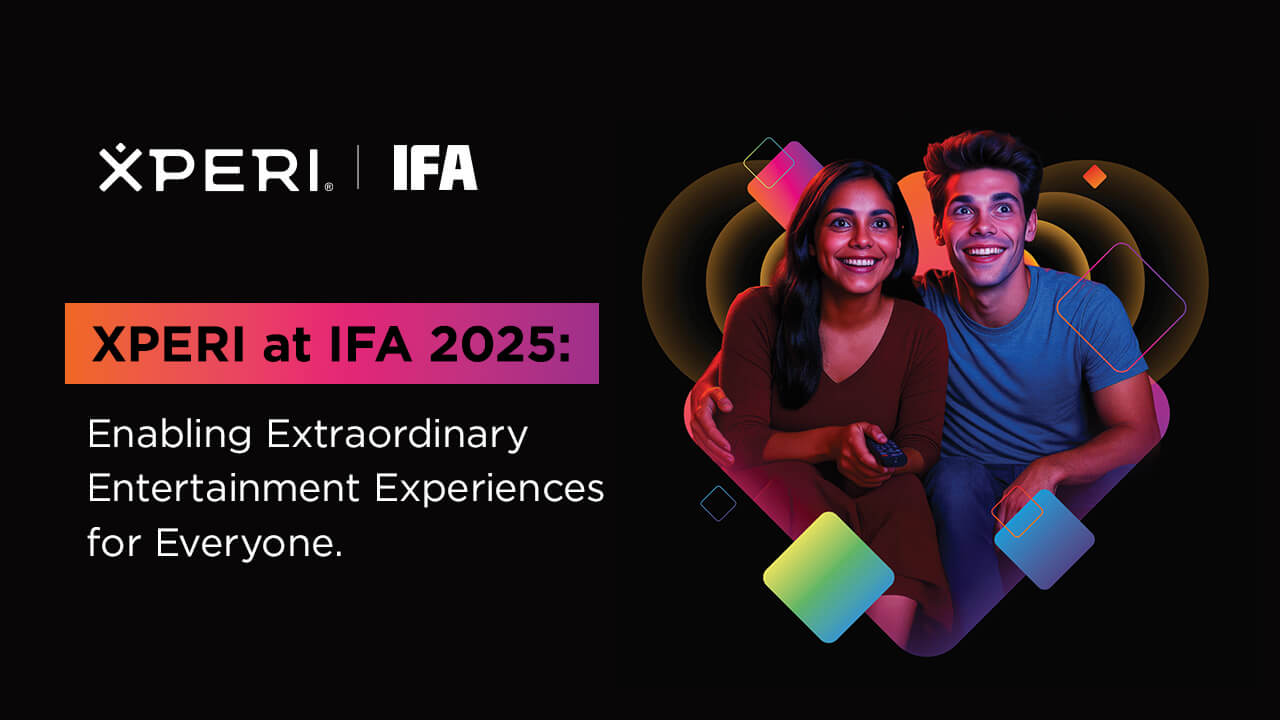In-car displays, high-speed networks and the holistic integration of entertainment experiences are transforming our relationship with the automobile. I’ve already taken a look at this more closely in two earlier pieces (read them here and here). As innovation accelerates in this domain, the driving experience is poised for a remarkable transformation. So let’s delve into the pivotal advancements accelerating this revolution.
Three key advancements lay the foundation
- Seamless integration with high-speed 5G networks: New vehicles are shipping equipped with connectivity to high-speed 5G networks, enabling unparalleled bandwidth capabilities.
- Immersive in-cabin displays: Large, high-resolution screens are becoming standard, offering drivers and passengers an enjoyable viewing experience.
- Familiar operating environments: Standardized platforms like Linux and Android are simplifying integration and opening go-to-market pathways for video streamers, news and weather apps, game publishers and advertisers.
(If you want to explore these three factors further, read my earlier piece looking into them.)
The evolution of in-car entertainment
These building blocks are in market now and lay the foundation for rich, in-car interactive entertainment on par with mobile devices and connected TVs. Take a trip to any car dealer and you’ll find many cars (typically higher-end 2024 models) supporting these capabilities. BMW, always a leader in the market, is a great place to start, with rich streaming video solutions available from the 7 Series to the Mini, with many more on the way. And if you’re thinking, “This is crazy, who needs this?” just think about the last time you were stuck waiting for your kid’s soccer game or your partner shopping and you reached for your phone…only now you’ve got a bigger, better screen and surround sound to keep you entertained.
Four factors will shape the future
- Multi-screen environments: The introduction of front- and rear-seat passenger screens will enable many novel use cases.
- Holistic integration of audio & video: Seamless integration across media formats including streaming video, radio and podcasts.
- Geolocation & personalization: Location-based solutions will tailor content, information and advertising.
- Autonomous vehicles + AI: Autonomous driving technology is already more prevalent than you probably realize, and it’s going to revolutionize the way we spend time in our cars.
Multi-screen is coming
Most new cars today come equipped with one big screen in the middle of the dashboard facing the driver. But stay tuned — the next generation will include dedicated screens for front- and rear-seat passengers. This development is tailor-made for entertainment. Imagine your passenger curating the perfect road-trip playlist, teeing up podcasts, looking ahead for restaurants and points of interest, keeping you entertained with a trivia game or simply watching a movie to while away the miles of a long road trip. The same goes for kids in the back seat.
Unique benefits for big media companies
Holistic integration across media formats will be a winning solution for consumers, automakers, media brands and advertisers. Consider news outlets like Bloomberg and CNN, sports brands such as ESPN, or entertainment brands like Disney, BBC or Amazon. What all these brands have in common are multimedia portfolios that include some combination of video, podcast, music and/or radio. Imagine the use case in which you start watching a video news clip from BBC, then link to a related podcast, and then your car may suggest adding BBC Radio 2 to your list of favorite stations. Sounds like a lot of hops but the well-designed solution will feel seamless to the consumer and provide compelling advertising opportunities.
Geolocation + personalization are force multipliers
The car is an ideal environment in which to combine geolocation and personalization. Imagine driving through a new city and having localized shopping and restaurant recommendations tuned just for you. Or a personalized fuel-stop assistant that knows when your car needs gas, where you are and where the nearest gas station with your preferred rewards program is. Or simply order ahead for your favorite coffee drink at the next Starbucks, and it’s timed to be ready just as you arrive. Geotargeting and personalized advertising are a natural fit. I’d be happy to be presented with coupons for my favorite food items as I pull into the Whole Foods parking lot.
Autonomous vehicles & AI
Autonomous cars and AI-driven experiences may sound like science fiction, but self-driving cars are on the road today, and AI is already transforming the automotive industry by making cars safer, more efficient and more personalized. Waymo taxis are operating in California, and Level 3 autonomous cars are self-driving in Germany. Active autonomous testing hubs around the world today include Shanghai, Tokyo, Seoul, Gothenburg, Toronto and others. With these developments in mind, it’s easy to imagine a near-future in which we commute to work in self-driving cars while an AI assistant curates a personalized news feed and tees up the next Zoom call.
(I explored these factors, and the opportunities they unlock, in greater detail in an earlier piece. You can read it here.)
What’s next
All of this brings to mind the quote from visionary sci-fi author William Gibson, “The future has arrived — it’s just not evenly distributed yet.” It’s clear that the automotive industry is on the cusp of a thrilling revolution. The emergence of multi-screen environments not only enhances the in-car experience but also opens up a wealth of opportunities for targeted advertising and personalized content. The integration of audio and video across multiple media formats presents a unique chance to reach consumers through diverse channels, from streaming video to personalized radio to podcasts. The addition of geolocation takes this a step further, allowing for highly tailored information, entertainment and advertising that resonates with the individual’s journey. And let’s not forget the game changer — the blend of autonomous vehicles and AI. This isn’t just about hands-free driving; it’s about freeing up attention, reinventing the commute and creating opportunities for productive, interactive experiences. So buckle up, the ride ahead promises to be nothing short of astonishing.



